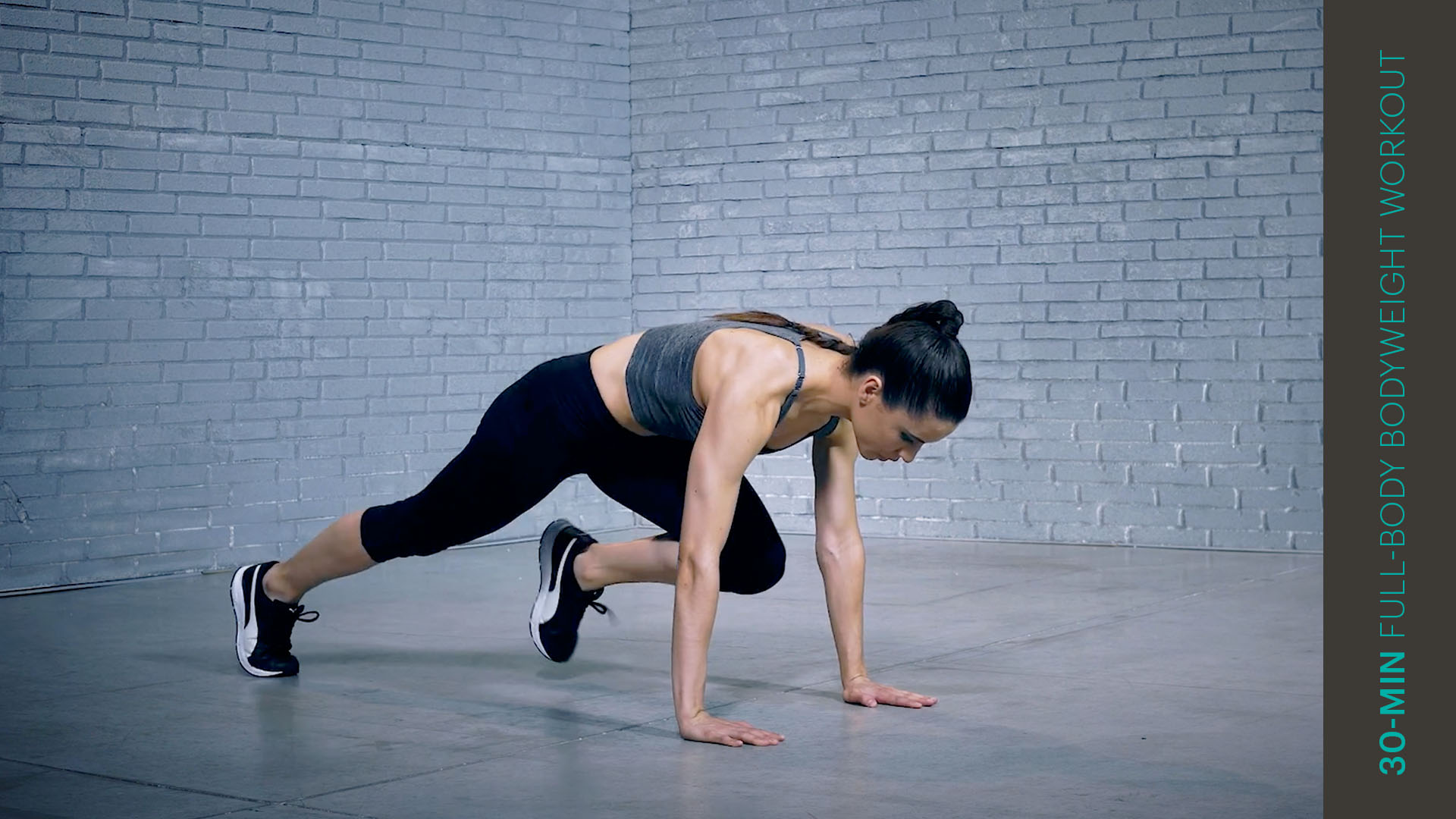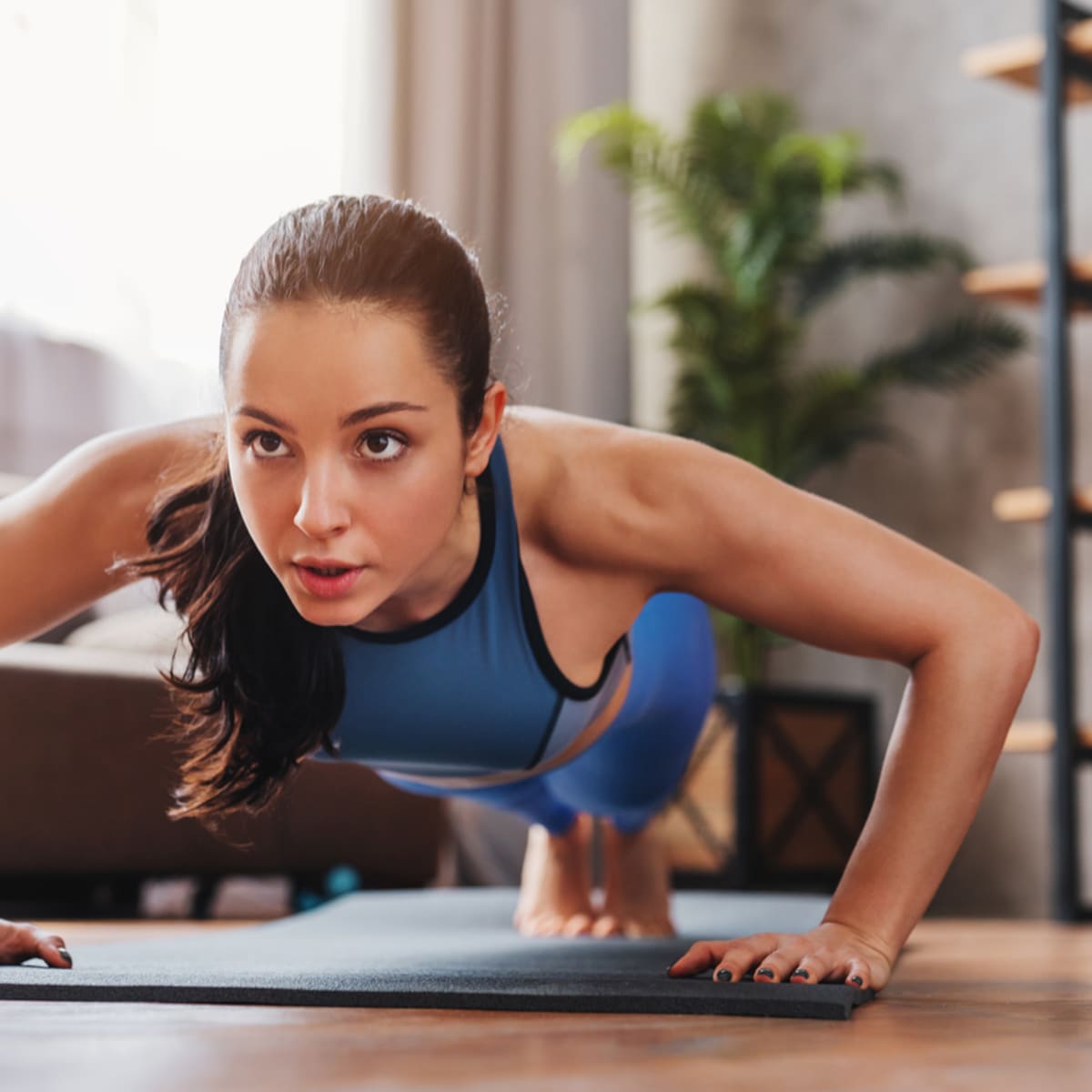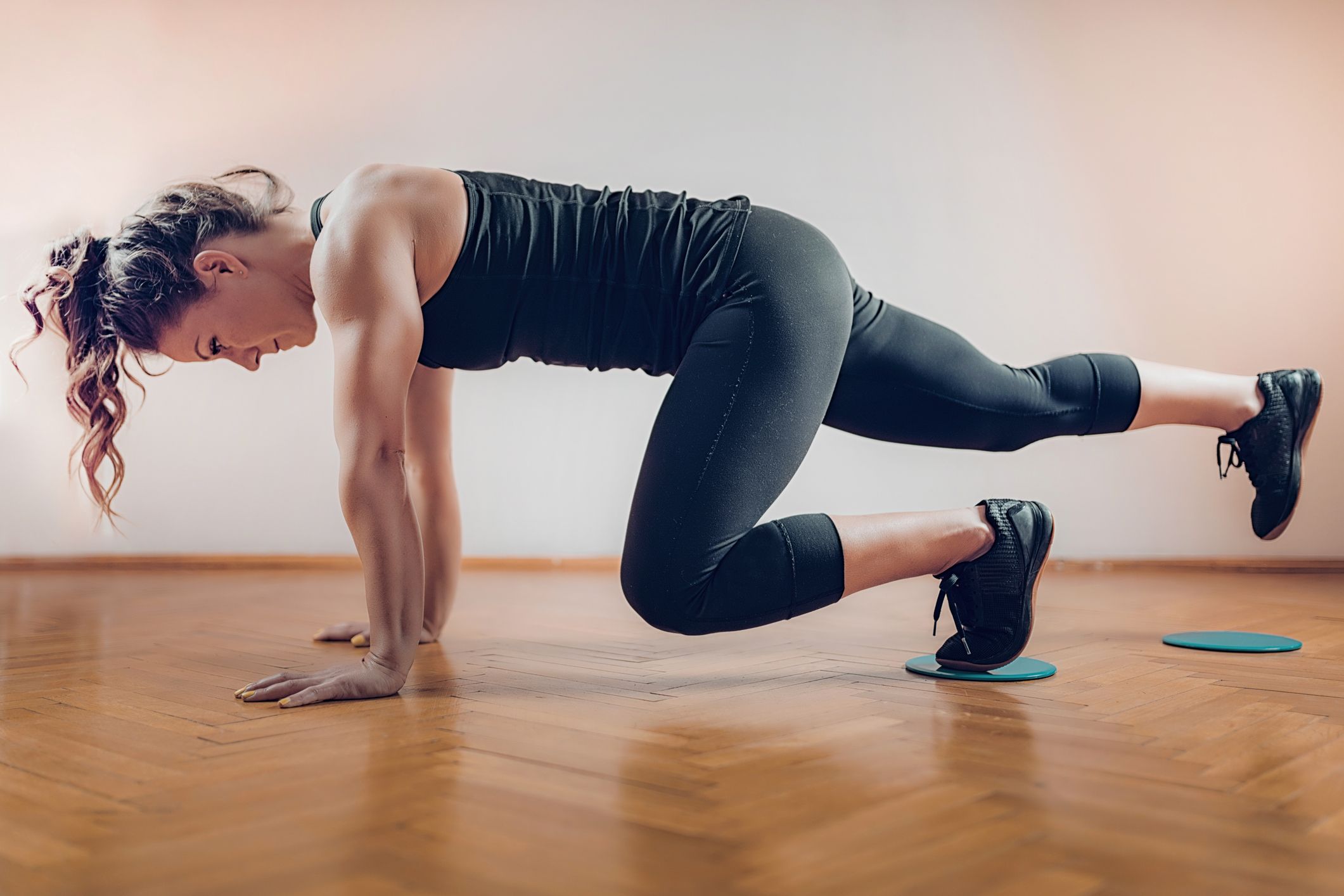
Exercising doesn’t always require a fully equipped gym or expensive equipment. In fact, there are plenty of exercises you can do anywhere with just your body weight. Whether you’re at home, traveling, or simply prefer the convenience of exercising in a small space, bodyweight workouts offer a versatile and effective way to stay fit. This article will explore various bodyweight exercises that cater to different fitness levels, ensuring that everyone can engage in a rewarding workout routine no matter their location.
Lift yourself: What is a bodyweight workout?
A bodyweight workout, as the name suggests, involves using your own body weight as resistance to build strength, improve flexibility, and enhance cardiovascular fitness. These exercises rely solely on gravity and leverage, making them accessible to individuals of all ages and fitness levels. Without the need for specialized equipment, bodyweight workouts provide an excellent option for those seeking a convenient and cost-effective way to exercise.
Low-impact exercises for small spaces
For individuals with limited space to move around, low-impact exercises are ideal. These movements minimize stress on joints while still providing an effective workout. Here are a few examples:
- Marching in place: Lift your knees one at a time as if marching while keeping your upper body straight. This exercise improves cardiovascular endurance and strengthens leg muscles.
- Wall push-ups: Stand facing a wall and place your palms on it at shoulder height. Slowly lower your chest toward the wall by bending your elbows, then push yourself back to the starting position. Wall push-ups target the chest, shoulders, and triceps.
- Seated leg raises: Sit on a chair or bench with your feet flat on the ground. Lift one leg at a time straight out in front of you, hold for a few seconds, and then lower it back down. This exercise targets the lower abdominal muscles and strengthens the legs.
High-intensity interval training (HIIT) routines for limited areas
If you’re looking to maximize your workout in a limited space, high-intensity interval training (HIIT) is a fantastic option. HIIT involves short bursts of intense exercise followed by brief recovery periods. Here’s a sample HIIT routine that requires minimal space:
- Jumping jacks: Begin with your feet together and arms by your sides. Jump, spreading your legs wider than hip-width apart and raising your arms overhead. Jump again, returning to the starting position. Repeat this movement quickly for 30 seconds, then rest for 15 seconds.
- Mountain climbers: Start in a plank position with your hands directly under your shoulders. Drive one knee toward your chest, then quickly switch legs as if you’re climbing a mountain. Perform this exercise as fast as you can for 30 seconds, then rest for 15 seconds.
- Squat jumps: Stand with your feet shoulder-width apart and lower into a squat position. Explosively jump up, reaching your arms overhead, and land back into the squat position. Repeat this movement for 30 seconds, then rest for 15 seconds.
Benefits of bodyweight exercises
Incorporating bodyweight exercises into your fitness routine offers numerous benefits. Some key advantages include:
- Convenience: With no reliance on equipment, bodyweight workouts can be done anywhere, eliminating the need for a gym membership or bulky gear. You have the flexibility to exercise in the comfort of your own home, a hotel room, or even outdoors.
- Cost-effectiveness: Bodyweight exercises save you money by eliminating the need for expensive equipment. All you need is your own body, making it an affordable way to stay active and fit.
- Versatility: Bodyweight exercises allow you to target multiple muscle groups simultaneously, resulting in a full-body workout. Additionally, by adjusting the intensity and variation of exercises, you can accommodate different fitness levels and goals.
- Improved functional fitness: By engaging in movements that mimic everyday activities, bodyweight exercises enhance your functional fitness. This means you’ll have improved strength, balance, coordination, and mobility to tackle daily tasks with ease.
Bodyweight exercises vs. other workouts

While bodyweight exercises offer many advantages, it’s worth exploring how they compare to other workout methods. Here’s a breakdown:
- Bodyweight exercises vs. weightlifting: Weightlifting relies on external weights to provide resistance, while bodyweight exercises use your own body weight. Both approaches can build strength, but weightlifting allows for more precise control over resistance levels, making it suitable for targeting specific muscle groups. On the other hand, bodyweight exercises promote functional strength, as they involve compound movements that engage multiple muscles simultaneously.
- Bodyweight exercises vs. cardiovascular exercises: Cardiovascular exercises such as running, swimming, or cycling primarily focus on improving cardiovascular endurance and burning calories. While bodyweight exercises also improve cardiovascular fitness, they additionally buildmuscle strength and can provide a more well-rounded workout. Incorporating bodyweight exercises into your cardiovascular routine can help you achieve both cardiovascular endurance and muscular strength.
Bodyweight moves for beginners
If you’re new to bodyweight exercises, it’s important to start with movements that are suitable for your fitness level. Here are some beginner-friendly bodyweight exercises that target different muscle groups:
Full body
- Plank: Start by lying face down on the floor, then prop yourself up onto your forearms and toes, keeping your body in a straight line. Hold this position for as long as you can, aiming to increase your time gradually.
- Bodyweight squats: Stand with your feet shoulder-width apart, then lower your hips back and down as if you’re sitting into an imaginary chair. Keep your weight in your heels, chest lifted, and knees aligned with your toes. Rise back up to the starting position, squeezing your glutes at the top.
- Push-ups: Begin in a plank position with your hands slightly wider than shoulder-width apart. Lower your body until your chest is just above the ground, then push back up to the starting position. If necessary, perform push-ups with your knees on the ground to modify and gradually progress to full push-ups.
Legs
- Lunges: Start by standing tall with your feet hip-width apart. Take a step forward with one leg, bending both knees until the front thigh is parallel to the ground and the back knee hovers just above the floor. Push through the heel of your front foot to return to the starting position, then repeat on the other side.
- Glute bridges: Lie flat on your back with your knees bent and feet flat on the ground. Engage your glutes and lift your hips off the ground until your body forms a straight line from your knees to your shoulders. Lower your hips back down and repeat.
Chest and back
- Incline push-ups: Find a sturdy elevated surface like a bench or step. Place your hands shoulder-width apart on the surface, then lower your chest towards it, keeping your body in a straight line. Push back up to the starting position.
- Bodyweight rows: Find a horizontal bar or sturdy table at waist height. Grab the bar with an overhand grip, lean back until your body is at an angle, and pull your chest towards the bar by squeezing your shoulder blades together. Return to the starting position with control.
Shoulders and arms
- Arm circles: Extend your arms straight out to the sides at shoulder height. Make circular motions with your arms, gradually increasing the size of the circles. After a set number of repetitions, switch directions.
- Tricep dips: Sit on the edge of a chair or bench with your palms resting on the seat beside you. Slide your glutes off the edge, supporting your body weight with your hands. Bend your elbows to lower yourself towards the ground, then press back up using your triceps.
Core
- Crunches: Lie flat on your back with your knees bent and feet flat on the ground. Place your hands behind your head or crossed over your chest. Engage your core and lift your upper body off the ground, curling towards your knees. Lower back down with control.
- Plank variations: In addition to the standard plank mentioned earlier, you can incorporate variations such as side planks (supporting your weight on one forearm and the side of your foot) or plank hip dips (from a high plank position, rotate your hips to touch the ground on one side, then the other).
3 Moves to Strengthen Arms

If you’re specifically looking to strengthen your arms, here are three exercises that target the biceps, triceps, and shoulders:
- Bicep curls: Stand with a dumbbell in each hand, arms fully extended by your sides and palms facing forward. Keeping your upper arms stationary, curl the weights towards your shoulders by contracting your biceps. Slowly lower the weights back down and repeat.
- Tricep kickbacks: Hold a dumbbell in your right hand and step forward with your left leg, keeping a slight bend in your knees. Lean forward from the hips, keeping your back straight. Bend your right elbow to bring the weight up towards your waist, then extend your arm straight back, squeezing your triceps. Repeat on the other side.
- Shoulder press: Stand with a dumbbell in each hand, palms facing forward. Lift the weights to shoulder height, then press them overhead until your arms are fully extended. Lower the weights back down to shoulder height and repeat.
Incorporating these exercises into your routine can help you build strength and definition in your arms.
Conclusion
Exercises that can be done anywhere using just your body weight offera convenient and effective way to stay fit and active. Whether you’re in a small space, traveling, or simply looking for a versatile workout option, bodyweight exercises have got you covered. From low-impact movements to high-intensity interval training routines, there are endless possibilities to cater to all fitness levels.
The benefits of bodyweight exercises extend beyond convenience and cost-effectiveness. They provide a versatile and functional approach to fitness, targeting multiple muscle groups simultaneously and improving cardiovascular endurance. Additionally, bodyweight exercises can be easily modified and progressed as your fitness level improves.
By incorporating specific bodyweight exercises for different muscle groups, beginners can gradually build strength and improve overall fitness. From full-body movements like planks and squats to targeted exercises for the legs, chest, back, shoulders, arms, and core, there is a wide range of options to choose from.
For those seeking stronger and more defined arms, incorporating bicep curls, tricep kickbacks, and shoulder presses into their routine can help achieve those goals. These exercises specifically target the muscles of the arms and shoulders, promoting strength and toning.
In conclusion, exercises that can be done anywhere using just your body weight offer a convenient, versatile, and effective way to stay active and maintain a healthy lifestyle. Whether you’re a beginner or an experienced fitness enthusiast, there are numerous bodyweight exercises available to suit your needs and help you reach your fitness goals. So, no matter where you are or how limited your space may be, embrace the power of bodyweight workouts and enjoy the benefits they bring.













